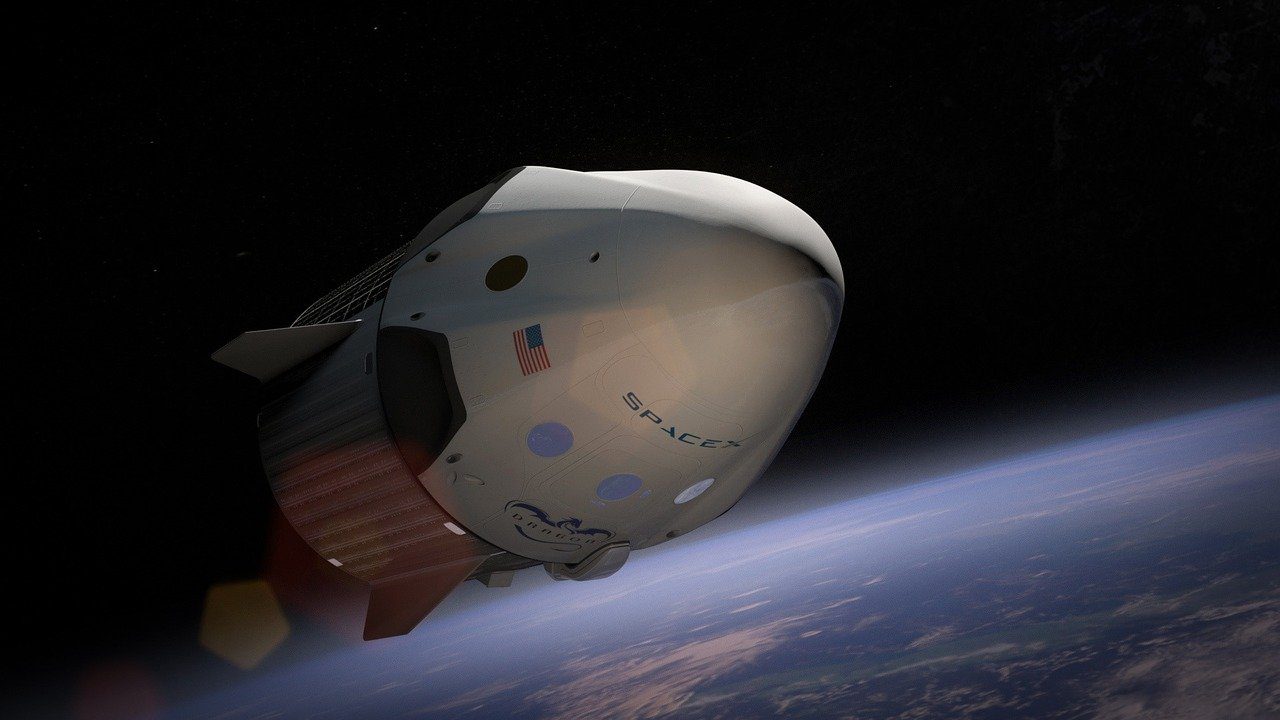Alpha Centauri, another vibrant space neighborhood, is just around 4 light-years distant from our solar system. There is just one major flaw. Spacecraft dispatched to Alpha Centauri with current technology would not reach until roughly the year 82022. That’s why, in 2016, the late scientist Stephen Hawking and financier Yuri Milner founded Breakthrough Starshot, a project to send microchip-sized space probes to Alpha Centauri at 20% light speed cutting the journey time in half to only 20 years.
Their design revolves around a lightsail that, instead of using wind, utilizes the power of photons, or light particles, projected from an Earth-based laser.
One such team from the University of Pennsylvania is working on a significant piece of the puzzle. Researchers offered a strategy to keep this novel spacecraft from tearing throughout the two-decade interstellar journey in a pair of publications published in the journal Nano Letters.
The photons are reflected and produce pressure when they contact our lightsail, Bargatin explains. Because we’re dealing with light rather than real air molecules, the technique is somewhat different. In both circumstances, though, they exert pressure.
Strong laser pulses, according to the scientists, might produce pressure powerful enough to twist and tear the sheet, similar to how a taut boat sail can rip if struck by a strong gust of wind. Lightsails, they say, must be able to “billow” and produce a curved shape similar to a parachute. According to Bargatin, the sail’s length and radius of curvature should both be about 3 meters.
However, in the great scheme of things, constructing the huge laser array that would propel lightsails ahead will be a significant challenge. Researchers working on space-based communication are still figuring out how to get data from the microchip probe linked to the lightsail, according to Bargatin.
Breakthrough Starshot’s mechanism, if it ever succeeds, will be a genuine tribute to humanity’s scientific ingenuity.














Leave a Reply